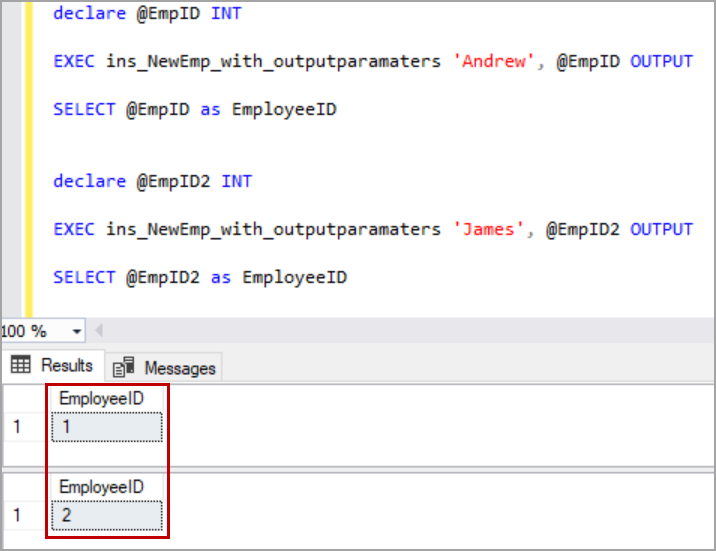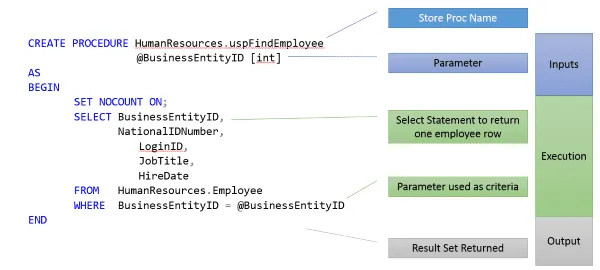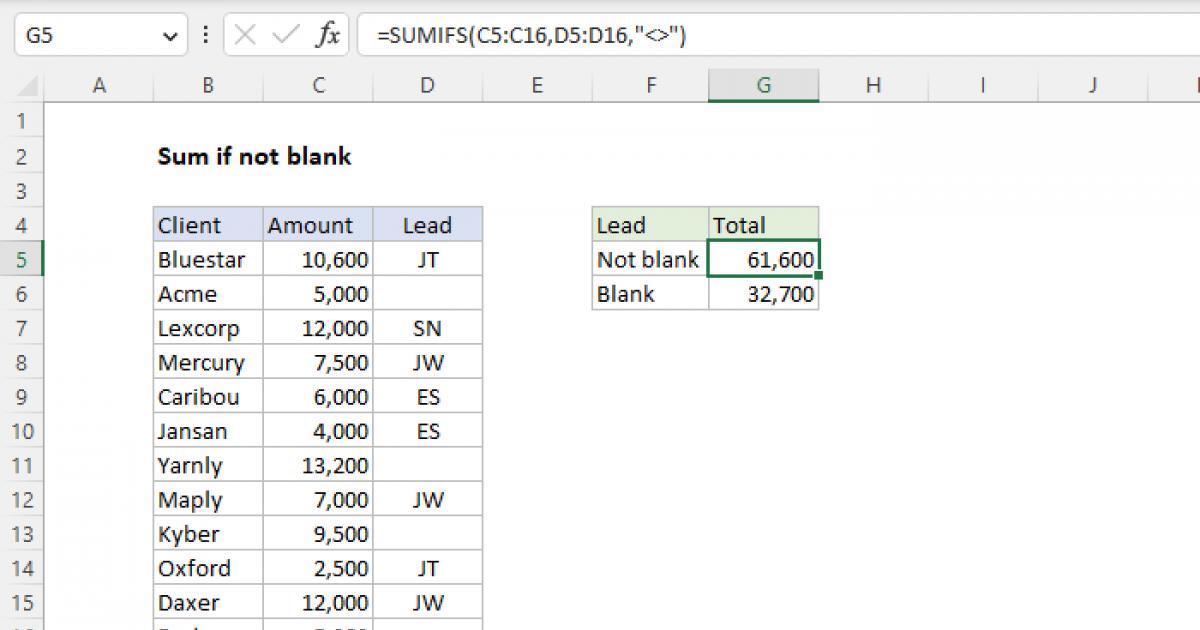10 Tips to Search SQL Server Stored Procedures

Unveiling the Secrets: 10 Effective Techniques for Searching SQL Server Stored Procedures

In the intricate world of SQL Server management, stored procedures play a pivotal role. These precompiled SQL statements are powerful tools for optimizing database performance and streamlining operations. However, as your database grows, managing and searching through stored procedures can become a daunting task. This comprehensive guide offers ten expert strategies to simplify the process, ensuring you can locate and utilize stored procedures efficiently.
Let's delve into these techniques, backed by real-world examples and industry insights, to master the art of searching SQL Server stored procedures.
1. Master the Object Explorer

The Object Explorer in SQL Server Management Studio (SSMS) is your primary tool for navigating and managing stored procedures. Familiarize yourself with its hierarchy, which typically includes databases, objects (including stored procedures), and their respective properties. Efficiently organizing your stored procedures within this hierarchy is crucial for quick access and management.
For instance, consider a scenario where you manage a large database with hundreds of stored procedures. By categorizing these procedures into logical folders based on their functionality, you can significantly expedite the search process. This organizational strategy, combined with the Object Explorer's search functionality, empowers you to locate specific stored procedures with ease.
How to Categorize Stored Procedures for Efficient Search
- Functional Groups: Group stored procedures based on their primary functions, such as data retrieval, data manipulation, or reporting.
- Module-based Organization: If your application has distinct modules, categorize stored procedures accordingly, e.g., "User Management" or "Order Processing."
- Naming Conventions: Establish a consistent naming pattern for stored procedures. This can be based on their purpose, database, or any other relevant criteria. For example, prefixing stored procedures with a module name can aid in quick identification.
By implementing these organizational strategies, you not only facilitate the search process but also enhance collaboration among your development and database administration teams.
2. Utilize the Search Function in SSMS
The Search functionality within SSMS is a powerful tool for quickly locating stored procedures. This feature enables you to search across all objects within a database, including stored procedures, tables, and views. To access it, simply press Ctrl + F or navigate to Edit > Find in the SSMS menu.
Imagine you're tasked with finding a stored procedure that updates customer records. By entering keywords like "update customer" in the Search dialog, SSMS will rapidly scan through all objects in the database and present matching results, including the desired stored procedure.
Furthermore, SSMS offers advanced search options, allowing you to refine your search by object type, database, or even specific text patterns within the stored procedure code. This level of granularity ensures you can pinpoint the exact stored procedure you need, even in complex database environments.
3. Leverage System Stored Procedures
SQL Server provides a set of system stored procedures that offer valuable insights into the database's structure and contents. These procedures, prefixed with sp_, can be leveraged to retrieve information about stored procedures, tables, and other database objects.
For example, the sp_help system stored procedure provides detailed information about a specific object. To obtain details about a stored procedure named usp_GetCustomerOrders, you can execute the following T-SQL code:
EXEC sp_help 'usp_GetCustomerOrders'
This will return a wealth of information, including the stored procedure's definition, parameters, and any associated triggers or permissions.
Additionally, system stored procedures like sp_depends and sp_who2 can be used to uncover dependencies and active connections, respectively, offering further context for managing and troubleshooting stored procedures.
4. Explore Dynamic Management Views (DMVs)

Dynamic Management Views (DMVs) in SQL Server provide real-time information about the server's state and performance. These views, accessible through T-SQL queries, offer valuable insights into stored procedure execution, including runtime statistics and performance metrics.
Consider the sys.dm_exec_query_stats DMV, which provides query execution statistics. By joining this view with the sys.dm_exec_sql_text view, you can retrieve information about the most frequently executed stored procedures, along with their execution plans and resource consumption. This data is instrumental for performance tuning and optimization.
For instance, the following T-SQL query retrieves the top 10 most frequently executed stored procedures along with their respective execution counts:
SELECT TOP 10 * FROM sys.dm_exec_query_stats AS qs CROSS APPLY sys.dm_exec_sql_text(qs.sql_handle) AS st WHERE st.text LIKE '%[Stored Procedure Name]%' ORDER BY qs.execution_count DESC
5. Implement Effective Naming Conventions
Adopting consistent naming conventions for stored procedures is essential for ease of identification and management. Clear and descriptive names, coupled with meaningful prefixes or suffixes, significantly enhance search efficiency.
For example, consider a naming convention that includes the module name as a prefix, followed by the stored procedure's purpose and a version number. A stored procedure for retrieving customer orders might be named mod_Customer_GetOrders_v1. This naming scheme provides immediate context, aiding in quick identification and management.
Additionally, consider incorporating a suffix that indicates the stored procedure's type or function, such as _SP for standard procedures or _UDF for user-defined functions. This extra layer of detail can further streamline the search process, especially in large databases with diverse stored procedures.
6. Document and Centralize Metadata
Maintaining comprehensive documentation for stored procedures is crucial for efficient management and troubleshooting. This documentation should include details such as the procedure's purpose, parameters, return values, and any associated dependencies.
One effective strategy is to create a centralized repository, either within the database itself or as a separate documentation system, that stores metadata for all stored procedures. This repository should be easily searchable and accessible to the entire development and administration team.
For instance, consider using a table in your database to store metadata for each stored procedure. This table could include fields for the procedure's name, description, creation date, and any other relevant details. By querying this metadata table, you can quickly obtain the necessary information without having to inspect the stored procedure's code directly.
| Procedure Name | Description | Creation Date | Last Modified |
|---|---|---|---|
| usp_GetCustomerOrders | Retrieves customer orders and their details. | 2023-08-01 | 2023-08-15 |
| usp_UpdateCustomerAddress | Updates customer address information. | 2023-07-20 | 2023-08-05 |

7. Use Comments and Documentation in Code
Incorporating comments and documentation directly within the stored procedure's code is a valuable practice. Well-placed comments provide context and explain the purpose of each section of the code, making it easier to understand and maintain.
For example, consider the following excerpt from a stored procedure that retrieves customer orders:
DECLARE @CustomerID INT = 12345; -- Initialize a variable to store the customer ID -- Retrieve customer orders based on the provided ID SELECT OrderID, OrderDate, TotalAmount FROM Orders WHERE CustomerID = @CustomerID
The comments in this code snippet clearly explain the purpose of each step, enhancing readability and facilitating collaboration among developers.
8. Maintain a Version Control System
Implementing a version control system for stored procedures is essential for managing changes, tracking revisions, and rolling back to previous versions if needed. This practice ensures that you can easily identify and compare different versions of a stored procedure, aiding in debugging and maintaining consistency.
Tools like Git, integrated with SQL Server, provide a robust solution for version control. By committing changes to stored procedures along with meaningful commit messages, you create a detailed history of modifications, making it straightforward to track and understand the evolution of your database's procedures.
9. Leverage Third-Party Tools for Search and Analysis
While SQL Server Management Studio (SSMS) provides robust search capabilities, there are also numerous third-party tools designed specifically for searching and analyzing stored procedures. These tools often offer advanced features, such as full-text search, code analysis, and performance profiling, which can significantly enhance your stored procedure management workflow.
For instance, consider a tool like Redgate's SQL Search, which enables full-text search across all objects in a database, including stored procedures. With its advanced search functionality, you can quickly locate specific procedures based on their name, parameters, or even the text within their code.
Additionally, tools like SQL Prompt and SQL Cop provide intelligent code completion and analysis, ensuring your stored procedures adhere to best practices and maintain a high level of quality.
10. Optimize Performance with Query Plans
Understanding and optimizing the query plans associated with your stored procedures is crucial for maintaining optimal performance. Query plans, generated by the SQL Server query optimizer, provide insights into how the database engine executes the stored procedure, including the chosen execution strategy and resource utilization.
By analyzing query plans, you can identify potential performance bottlenecks and implement optimizations. For example, consider a stored procedure that executes a complex join operation. If the query plan reveals suboptimal join operations, you can modify the procedure's code to use more efficient join types or consider creating additional indexes to enhance performance.
SQL Server provides various tools for analyzing query plans, including the SQL Server Profiler and the Query Store. These tools allow you to capture and analyze execution plans, identify performance issues, and implement appropriate optimizations.
Conclusion: Empowering Efficient Stored Procedure Management
Mastering the art of searching SQL Server stored procedures is a critical skill for any database administrator or developer. By implementing the ten strategies outlined in this guide, you can significantly enhance your stored procedure management workflow, ensuring quick access, efficient organization, and optimal performance.
From leveraging the Object Explorer and SSMS search capabilities to utilizing system stored procedures, DMVs, and third-party tools, each technique offers unique insights and advantages. Additionally, adopting effective naming conventions, maintaining comprehensive documentation, and utilizing version control systems further streamline the management process.
As your database grows and evolves, these practices will become invaluable assets, empowering you to navigate and optimize your stored procedures with confidence and efficiency.
How often should I update my stored procedure documentation?
+It’s recommended to update documentation whenever there are significant changes to a stored procedure, such as a modification in its purpose, parameters, or behavior. Regularly reviewing and updating documentation ensures that it remains accurate and up-to-date, aiding in efficient management and troubleshooting.
Can I search for stored procedures based on their creation date or last modified date?
+Yes, many search tools, including SSMS and third-party solutions, allow you to filter search results based on creation or modification dates. This feature is particularly useful when you need to identify recently added or modified stored procedures for maintenance or auditing purposes.
How can I ensure that my stored procedure code is optimized for performance?
+Optimizing stored procedure performance involves several strategies, including analyzing query plans, implementing appropriate indexing, and using efficient coding practices. Regularly reviewing and optimizing your stored procedures, especially those with high execution frequency, is essential for maintaining optimal database performance.



